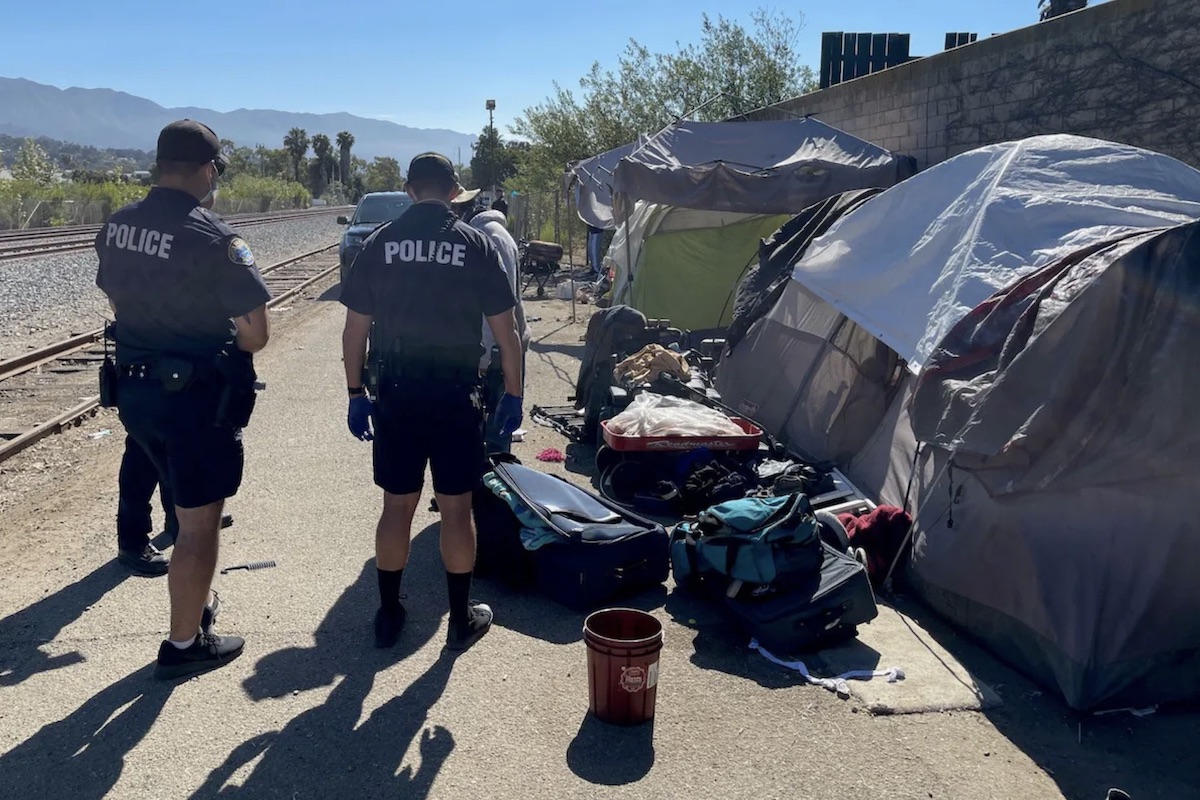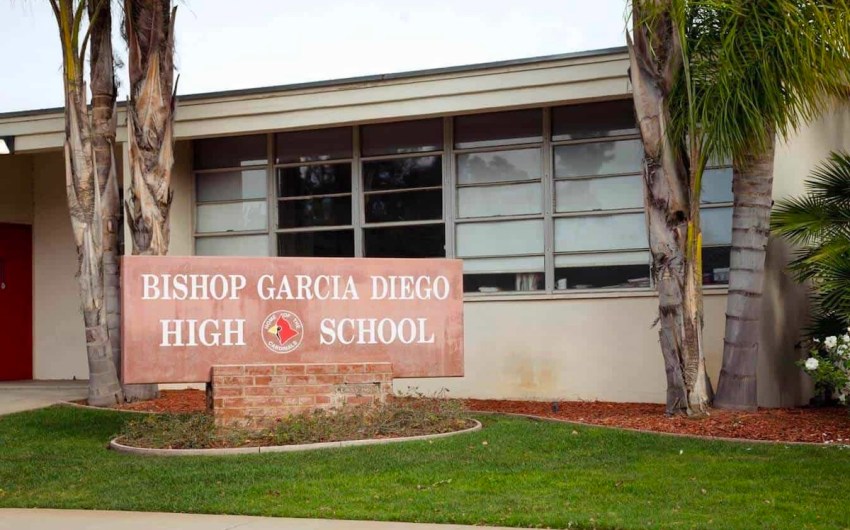Santa Barbara Leaders Weigh In on Report on Handling Encampments
City Council Responds to Grand Jury Report on Encampments Following Statewide Order

In light of Governor Gavin Newsom’s recent executive order urging local authorities to remove encampments, the Santa Barbara City Council discussed a Civil Grand Jury Report on August 20 on how to handle encampments across the community. The council heard from Barbara Andersen, the senior assistant to the city administrator, who presented the city’s response to the Grand Jury report.
Andersen explained that the encampment response team, formed in 2017, includes representatives from multiple city departments, including Sustainability and Resilience, Community Development, Fire, Police, Parks and Recreation, Airport Patrol, Harbor Patrol, and Public Works. The multi-departmental team’s role, as outlined by the City Council, is to “identify and clean up” encampments on city-owned land, as well as on Caltrans and Union Pacific Railroad property.
Countywide, an estimated 2,119 people are experiencing homelessness. In the City of Santa Barbara specifically, the most recent Point-in-Time Count identified 987 homeless individuals, with approximately 230 living unsheltered. That number far exceeds the shelter beds, transitional housing, or permanent supportive housing units available in the city.
In South County, 137 encampments have been documented, according to county homeless czar Kimberlee Albers. Encampments were defined in the report as “a set location that does not move day-to-day, where an individual or group sleeps each night, with a footprint consisting of more belongings than a person could carry in a single trip.”
The council also outlined criteria for which encampments are to be prioritized for clearing, including those sites with suspected criminal activity or disruptive behavior that may generate numerous service calls to emergency responders. Encampments are also considered higher priority if they pose a risk of damaging environmentally sensitive areas, such as those that may impact water quality or are within high-fire-risk zones.

On one finding, the council agreed that “the negative effects of encampment sweeps can be mitigated when a variety of community resources are present at the time of cleanup,” and noted that some of these steps have already been implemented. However, while the City Council acknowledged that encampments lack basic sanitation services, they ruled that trash cans, porta-potties, and resources for the safe disposal of hazardous waste, such as needles, would only be implemented at specific locations.
“We address these on a case-by-case basis,” Andersen said. “Uniform implementation would be tremendously costly and would allow these encampments to continue to exist in conditions that no one should be residing in.”
The City Council emphasized that a notice of no less than 24 hours must be posted prior to clearing an encampment. “If, during the notice period, the occupant agrees to go to a shelter, the scheduled cleanup may be postponed until the individual is transported to the shelter.”
In terms of finances, the City Council highlighted that the staff costs for managing the citywide encampment reporting system and cleanups in the last fiscal year exceeded $700,000 for the Sustainability and Resilience department alone.
Referring to Governor Newsom’s recent executive order, Andersen noted that Santa Barbara County has received three California Encampment Resolution Fund (CERF) grants, the most recent totaling $7.9 million, with $2.4 million earmarked for vehicular encampments located within in the City of Santa Barbara.
“The governor’s mandate is essentially a statewide recognition that encampments are not sustainable,” stated Mayor Randy Rowse. “Encampments are not the way to house and treat people.”
Councilmember Alejandra Gutierrez thanked Andersen and city staff for their work, emphasizing the importance of a long-term solution, adding that the city should avoid “putting on a Band-Aid” and instead focus on a sustainable path to solving the issue.
In closing, Mayor Rowse also referenced the FARO Center, downtown’s newly opened daytime navigation center for the homeless community, as key to the city’s ability to “treat people collectively,” adding that “centralizing” engagement with homeless encampments is a more “efficient and sustainable way to go.”
Premier Events
Sat, Apr 05 9:00 AM
Santa Barbara
Terry Real’s Relationship Skills Bootcamp
Thu, Apr 10 10:00 AM
Santa Barbara
Free Dry Eye Seminar w/ Dr. Zucker & Dr. Reynard
Sat, Mar 08 9:00 AM
Santa Barbara
2nd Annual Polar Plunge for a Purpose
Sat, Mar 08 12:00 PM
Santa Barbara
International Women’s Day Dance Party!
Sat, Mar 08 12:00 PM
De La Guerra Plaza
Unite and Resist: International Women’s Day Rally
Sat, Mar 08 1:00 PM
Santa Barbara
SBCC Science Discovery Day
Sat, Mar 08 2:00 PM
Santa Barbara
Refractions: voices of light & dark
Sat, Mar 08 7:30 PM
Santa Barbara
Refractions: voices of light & dark
Sun, Mar 09 6:00 PM
Santa Barbara
Orchids After Dark @ The SB Intl. Orchid Show
Mon, Mar 10 6:30 PM
Santa Barbara
Science Pub: Rise of the Sunflower Stars
Tue, Mar 11 7:30 PM
Santa Barbara
Ain’t Too Proud
Wed, Mar 12 7:00 PM
Santa Barbara






















You must be logged in to post a comment.